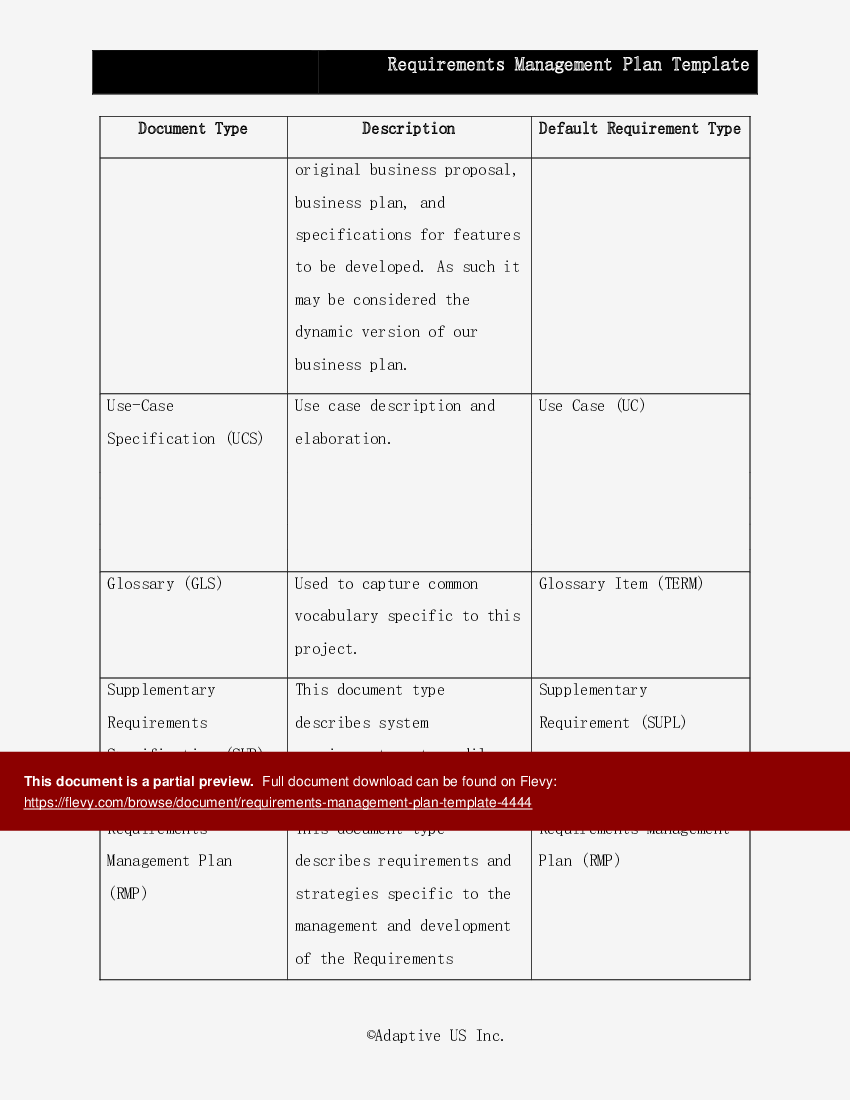A requirements elicitation plan template is a valuable tool for project managers and business analysts who need to gather and document the functional and non-functional requirements of a new system or application. A well-structured plan ensures that all necessary information is collected and documented, enabling the development team to create a system that meets the business’s needs.
There are many different requirements elicitation plan templates available, each with its own strengths and weaknesses. The most important thing is to select a template that is appropriate for the specific project and context. A good plan should include the following information:

Key Elements of a Requirements Elicitation Plan Template
A requirements elicitation plan template typically includes the following key elements:
- Scope of the project: This section defines the boundaries of the project and the specific requirements that will be gathered.
- Stakeholder analysis: This section identifies the stakeholders who will be involved in the requirements elicitation process and their roles and responsibilities.
- Requirements gathering techniques: This section describes the techniques that will be used to gather requirements, such as interviews, workshops, and document analysis.
- Communication plan: This section outlines the communication channels that will be used to share requirements information with stakeholders.
- Requirements documentation plan: This section describes the format and structure of the requirements documentation that will be produced.
- Approval process: This section outlines the process for approving and validating the requirements.
Benefits of Using a Requirements Elicitation Plan Template
Using a requirements elicitation plan template offers several benefits, including:
- Improved requirements gathering: A well-structured plan ensures that all necessary information is gathered and documented, reducing the risk of missing important requirements.
- Better communication: A clear communication plan helps to ensure that all stakeholders are on the same page and understand the project’s requirements.
- Increased efficiency: A plan template streamlines the requirements elicitation process, saving time and effort.
- Improved quality: A plan template helps to ensure that the requirements are complete, consistent, and traceable.
- Reduced risk: A well-documented requirements elicitation plan can help to reduce the risk of project failure.
Conclusion
A requirements elicitation plan template is a valuable tool for project managers and business analysts who need to gather and document the functional and non-functional requirements of a new system or application. A well-structured plan ensures that all necessary information is collected and documented, enabling the development team to create a system that meets the business’s needs.
There are many different requirements elicitation plan templates available, so it is important to select one that is appropriate for the specific project and context. By using a plan template, project managers and business analysts can improve the quality of their requirements gathering, communication, and documentation, and reduce the risk of project failure.
